
Animals to see in Madagascar
The fourth-largest island in the world, Madagascar is a dream destination for explorers of all ages. With its varied vegetation and unique climate, the island is home to an incredible diversity of animals, many of which are endemic, rare, and astonishing. Traveling to Madagascar allows you to discover some of nature’s most beautiful offerings and plan a safari to encounter an exceptional wildlife world. During your trip, keep your eyes wide open and binoculars at hand, as animal sightings will be frequent. Here are some of the many animals you can observe in Madagascar:

The Lemur
An emblematic animal of Madagascar, the lemur is one of the species you will encounter most often on the island. Lemurs leap from branch to branch, using their long tails for balance. In fact, there are over a hundred species of lemurs in Madagascar: some measure up to 70 cm and weigh over 10 kg (such as the indri, a black lemur), while the smallest species, which are also the smallest primates in the world, weigh just 30 g! The most well-known species, made famous by the animated movie Madagascar, is the ring-tailed lemur, or Maki, recognizable by its black-and-white striped tail.
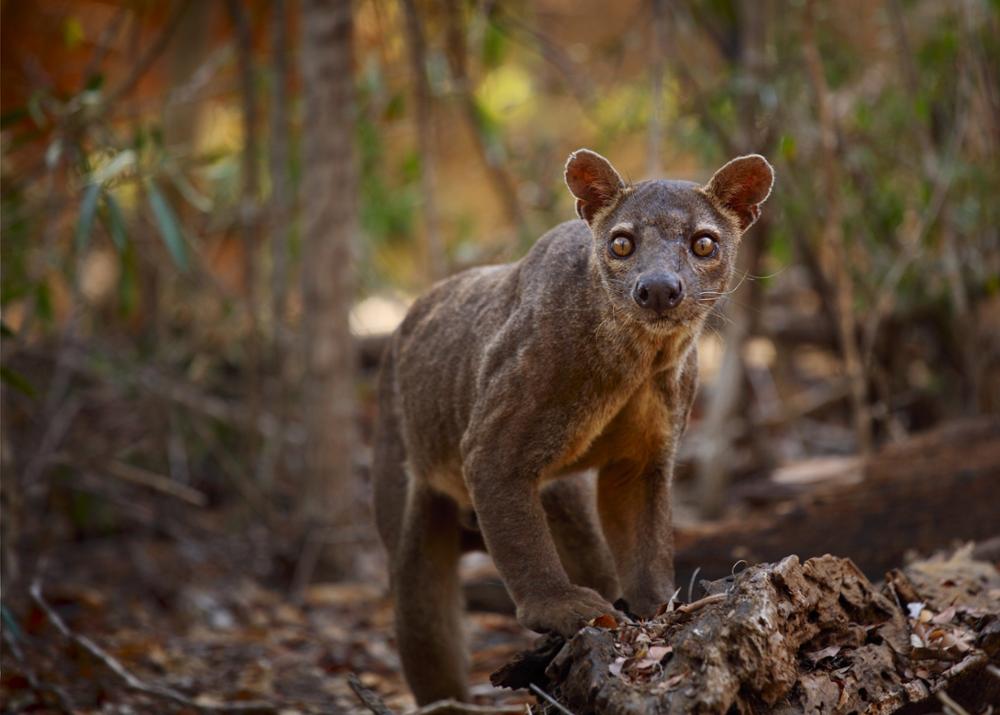
The Fossa
The most feared predator of lemurs is the fossa, an animal endemic to Madagascar. This large feline is the island's largest carnivore. Living mostly in solitude, it hunts both day and night. Measuring around 70 cm in length, it is smaller than a puma and weighs an average of 10 kg.

The Aye-Aye
Another unique creature of Madagascar, the aye-aye, is found nowhere else in the world. This primate, with large triangular ears resembling those of bats, also has a long tail. It mainly feeds on insects, which it extracts from tree holes using its long fingers. It is the world’s largest nocturnal primate, measuring nearly 90 cm in length.
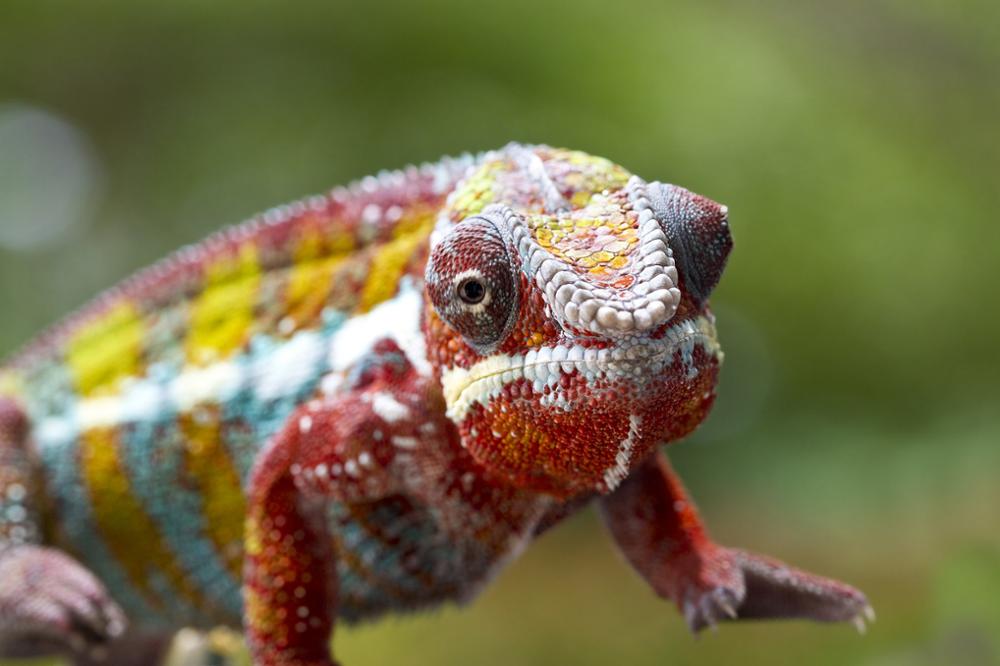
The Panther Chameleon
Madagascar is also home to many fascinating reptiles and insects, including the world’s largest chameleon. The panther chameleon measures about 60 cm long, giving you a good chance of spotting it. However, it is a master of camouflage, capable of adopting 25 different colors to blend into its surroundings!
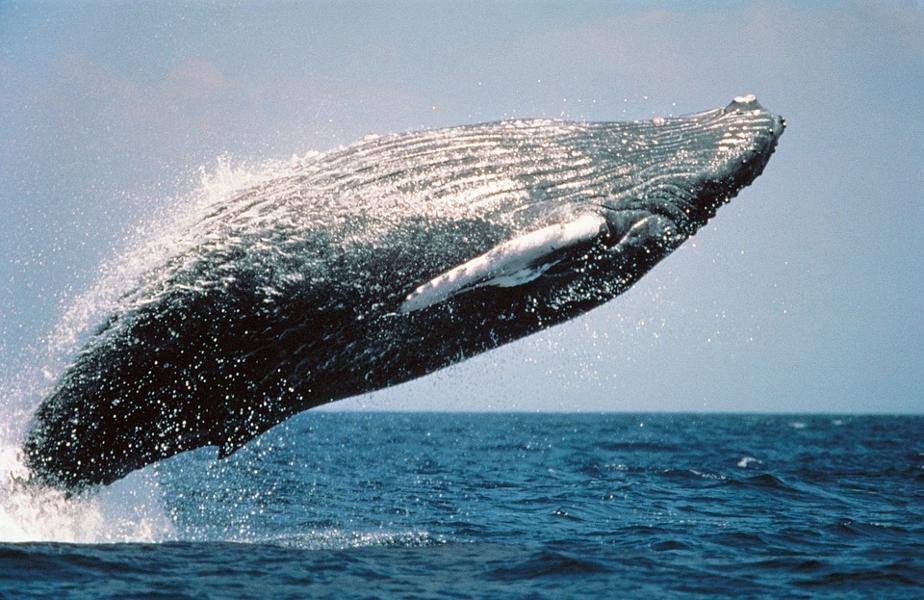
The Humpback Whale
Madagascar is also an excellent destination for marine wildlife observation, particularly whales that pass by during their migration. It’s here that you can witness humpback whales, known for their breathtaking leaps.
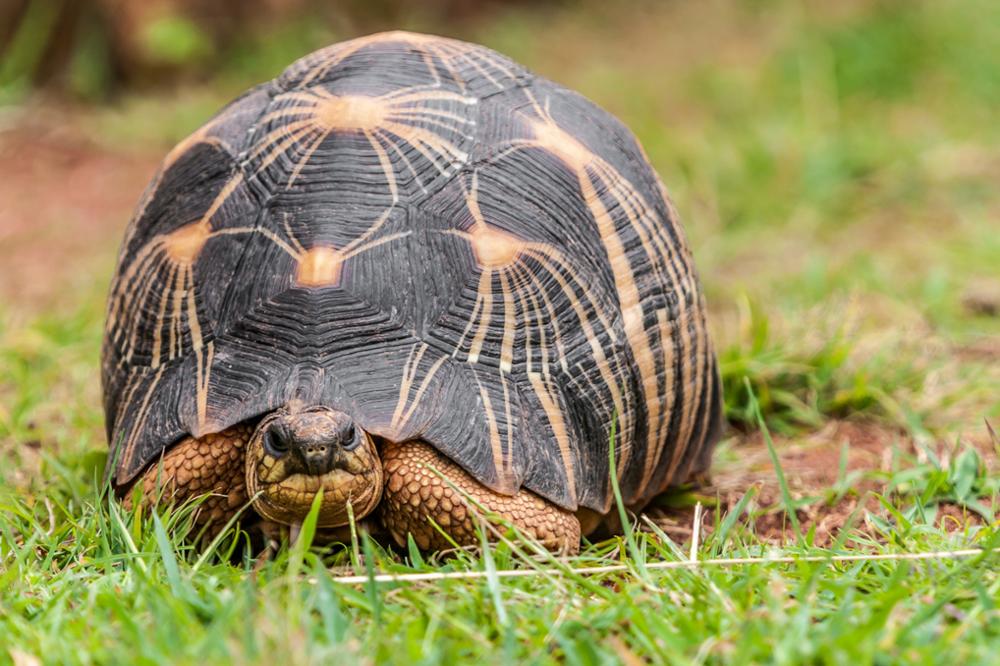
The Radiated Tortoise
Straddling land and sea, Madagascar’s tortoises are part of this natural wonderland. Many species can be found, but one of the most remarkable is the radiated tortoise. Found mainly in the southern part of the island, this tortoise is adorned with a stunning yellow-striped shell. It can live for up to 100 years but is critically endangered.
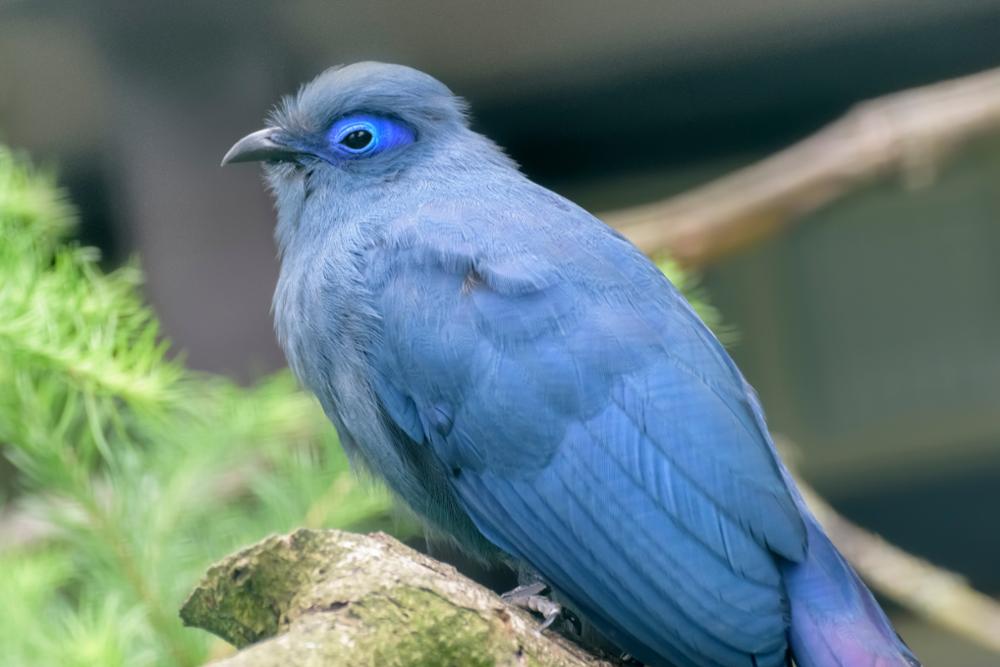
The Blue Coua
During your trip to Madagascar, don’t forget to look up every now and then. In the sky, magnificent endemic birds complete this tableau of colors and melodies. Among them is the blue coua, with its long tail and spectacular feathers
Marion Biremon
